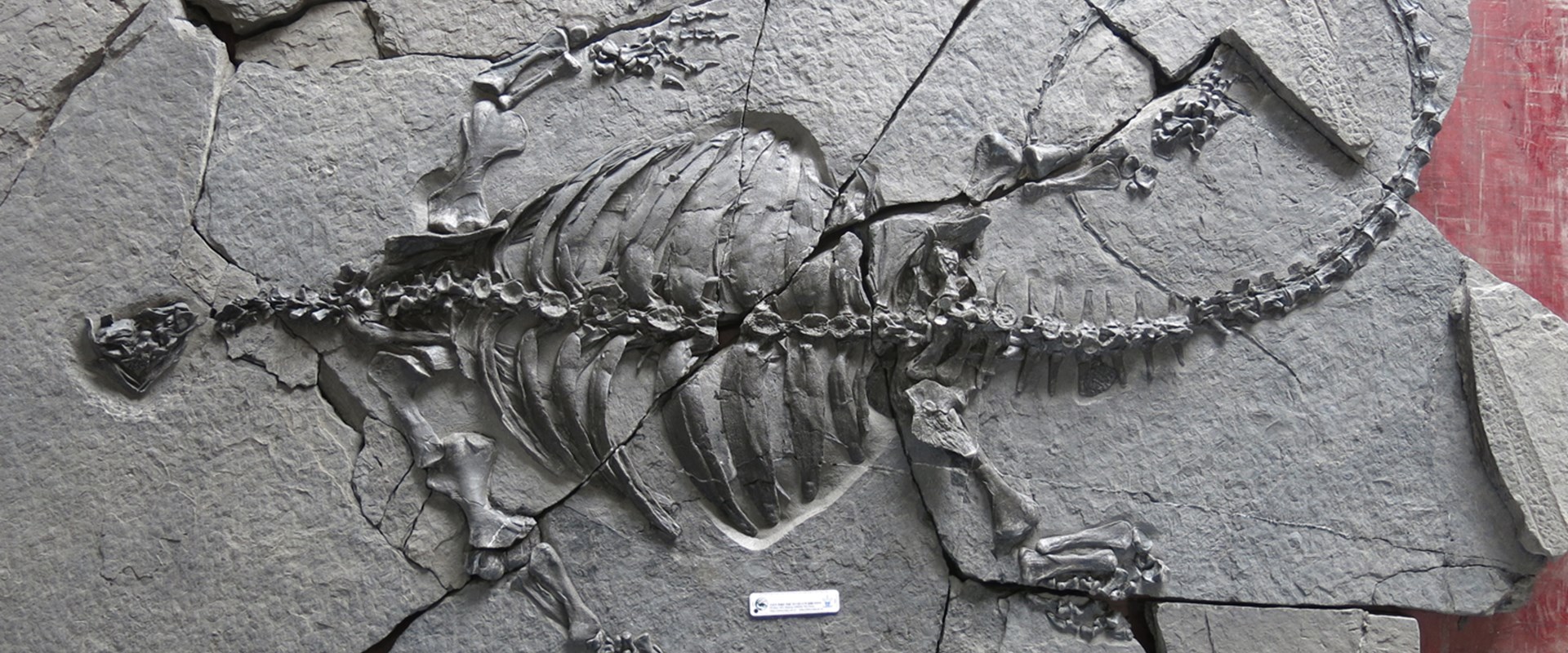Scientists have discovered a species of ancient giant turtle that had no shell and roamed Earth’s oceans 228 million years ago.

The unusual reptile was dug up in China and had a unique beak and a flat, ‘disc-like’ body.
Named Eorhynchochelys sinensi for ‘first turtle with a beak’, it was bigger than the leatherback – the biggest sea turtle alive today.

Scientists have discovered a species of ancient giant turtle that had no shell and roamed Earth’s oceans 228 million years ago. The unusual reptile was dug up in China and had a unique beak and a flat, ‘disc-like’ body
Measuring 8ft 2in in length (2.5 metres) the giant marine reptile lived during the Triassic period at a time when the earliest dinosaurs were diverging into a range of species that took over the Earth.

The turtle is called Eorhynchochelys sinensi for ‘first turtle with a beak’, and measures more than eight foot long – bigger than the leatherback turtle which is the biggest sea turtle living today

The unique combination of the unusual beak and the lack of a shell sheds fresh light on the evolution of modern-day sea turtles.
Biologists have argued over the murky origins of turtles for over a century as viable specimens became hard to find.

This is the idea traits can evolve independently from each other and at a different rate and is the reason not every ancestral species has the same morphological traits.
Modern turtles have both shells and beaks – but the path evolution took to get there wasn’t a straight line.
Instead some turtle relatives got partial shells while others got beaks.

The Eorhynchochelys specimen was collected from sediments in Guizhou in south western China. The unique combination of the unusual beak and the lack of a shell sheds fresh light on the evolution of modern-day sea turtles

Modern turtles have both shells and beaks – but the path evolution took to get there wasn’t a straight line. Instead some turtle relatives got partial shells while others got beaks
Fine details in the skull of Eorhynchochelys solved another mystery – showing turtles are related to modern lizards and snakes.